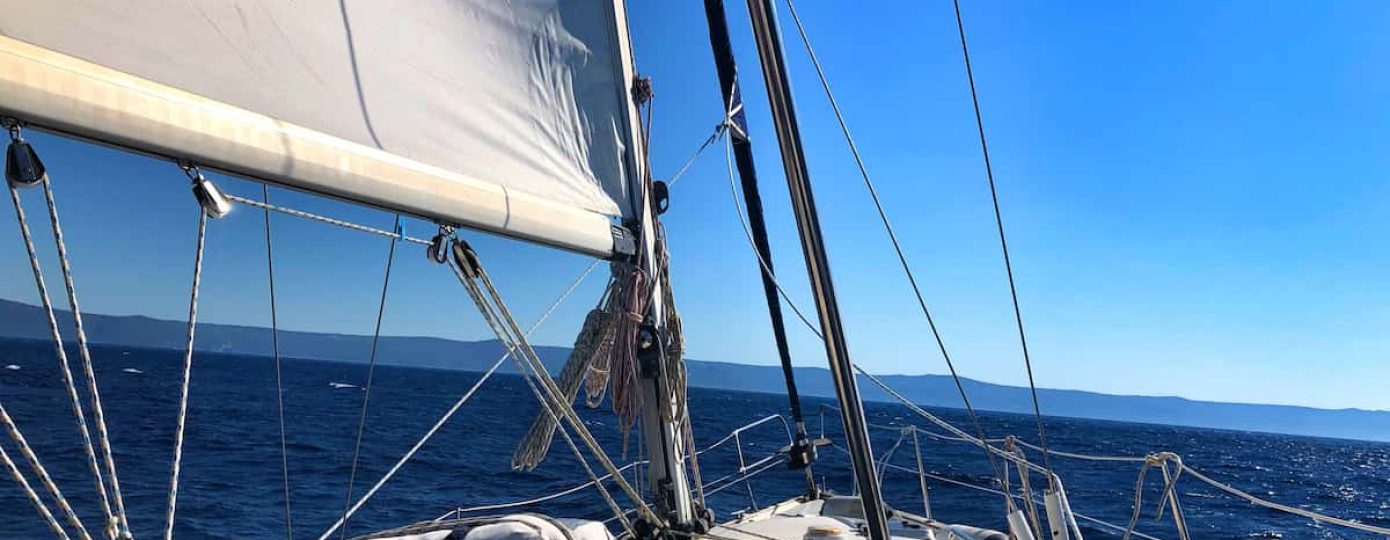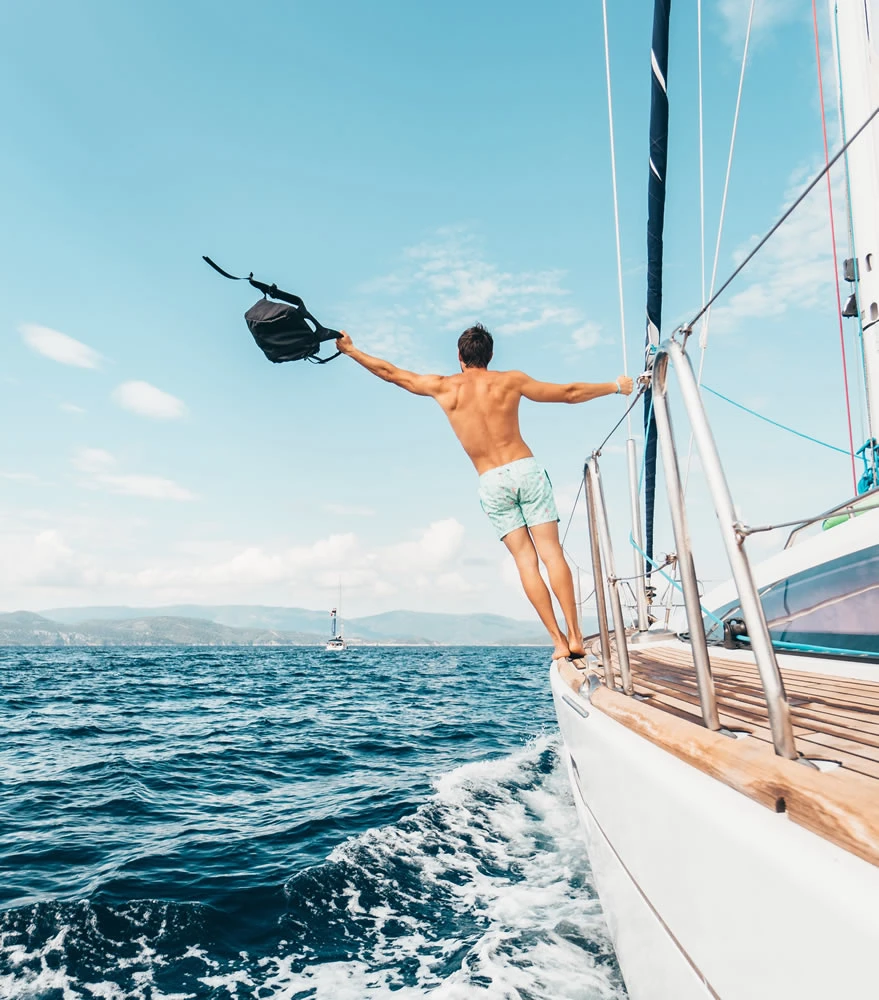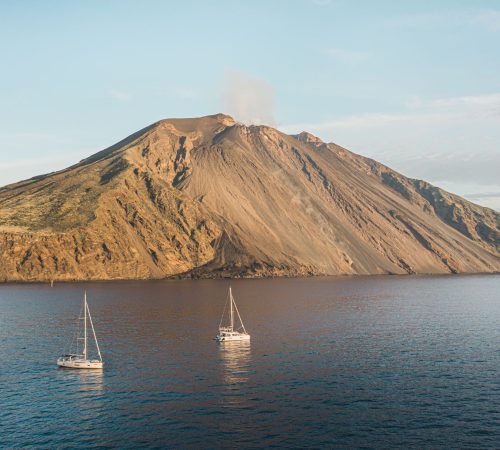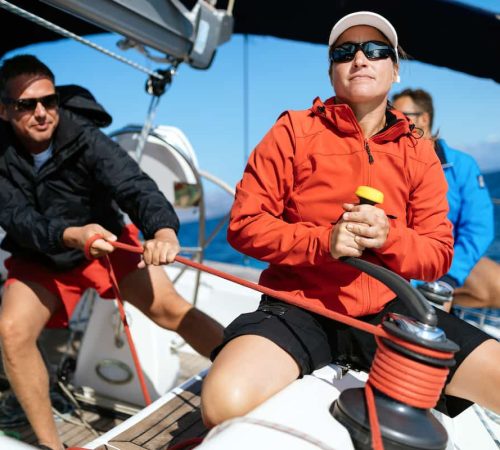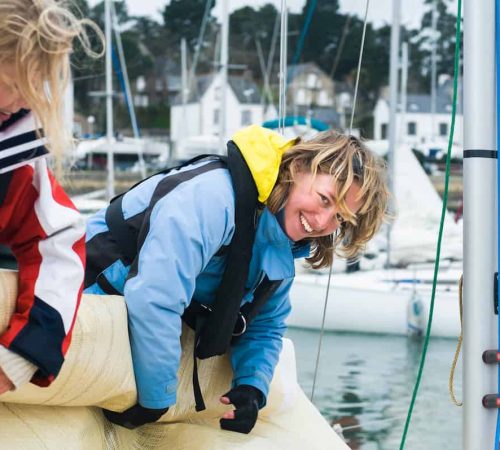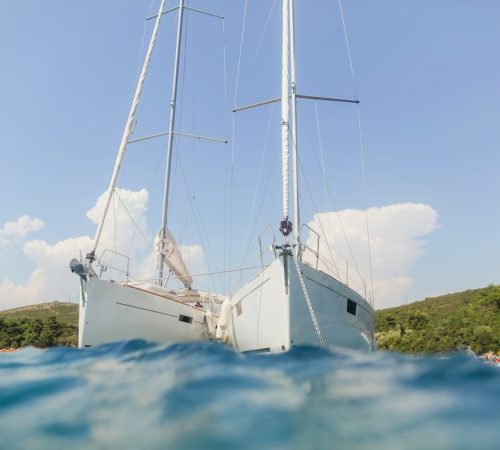For a boat that makes its main “engine” the action of the wind, the sailcloth is of far from secondary importance. Whether it is a dinghy, a cabin cruiser, a cutter, a sloop, a catboat, a vintage yacht or rather a schooner, it changes little. The choice of the most suitable fabric for sails and processing can replace a performance and stability of the boat when at sea. An element that can help you navigate in calm waters and that helps considerably even when the sea is not in the best conditions. And who better than us can tell you? Our catamaran and sailboat rental fleet uses the best fabrics to always offer the greatest comfort in navigation.
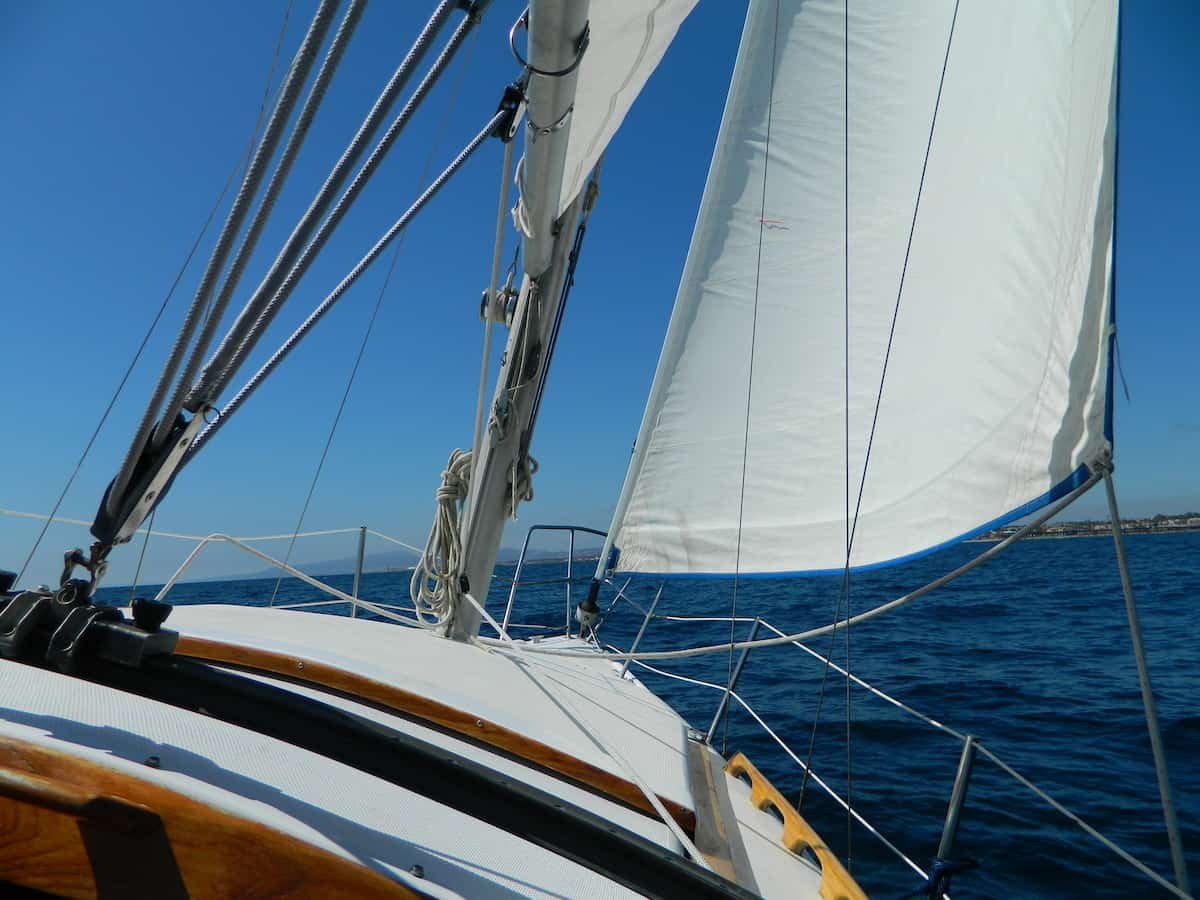
Whether you are a navigator by profession, for sport or for simple pleasure, the choice of your sails is one of the most important decisions that must be made before starting to sail. In the following article, therefore, we will focus on the various types of nautical sails present and, in particular, on orienting fiber sails.
The various types of fabric for sailing sails: which one to choose?
There are various types of boat sails: classic horizontal ribs, simple and timeless but not exactly easy to manage in navigation, especially if you are sailing with a small or not too experienced crew; sails of bi-radial or tri-radial cutting, decidedly more orientable.
Without forgetting the most “modern” laminated sails, made up of “prefabricated” inserts. These are applied to a classic sail according to the trim you want to give the sails of the boat: practical and fast but not always perfect for all types of boats.
Among the most popular and modern types of fabric for sailing sails we undoubtedly have the sails with oriented fibers that deserve an in-depth study in their own right.
All the advantages of a fiber oriented sail on your boat
The right fabric for sails can greatly improve the performance of a boat pushed by the wind and among the best fabrics we find oriented fiber sails. The advantages of using this fabric for sailing sails are varied and substantial.
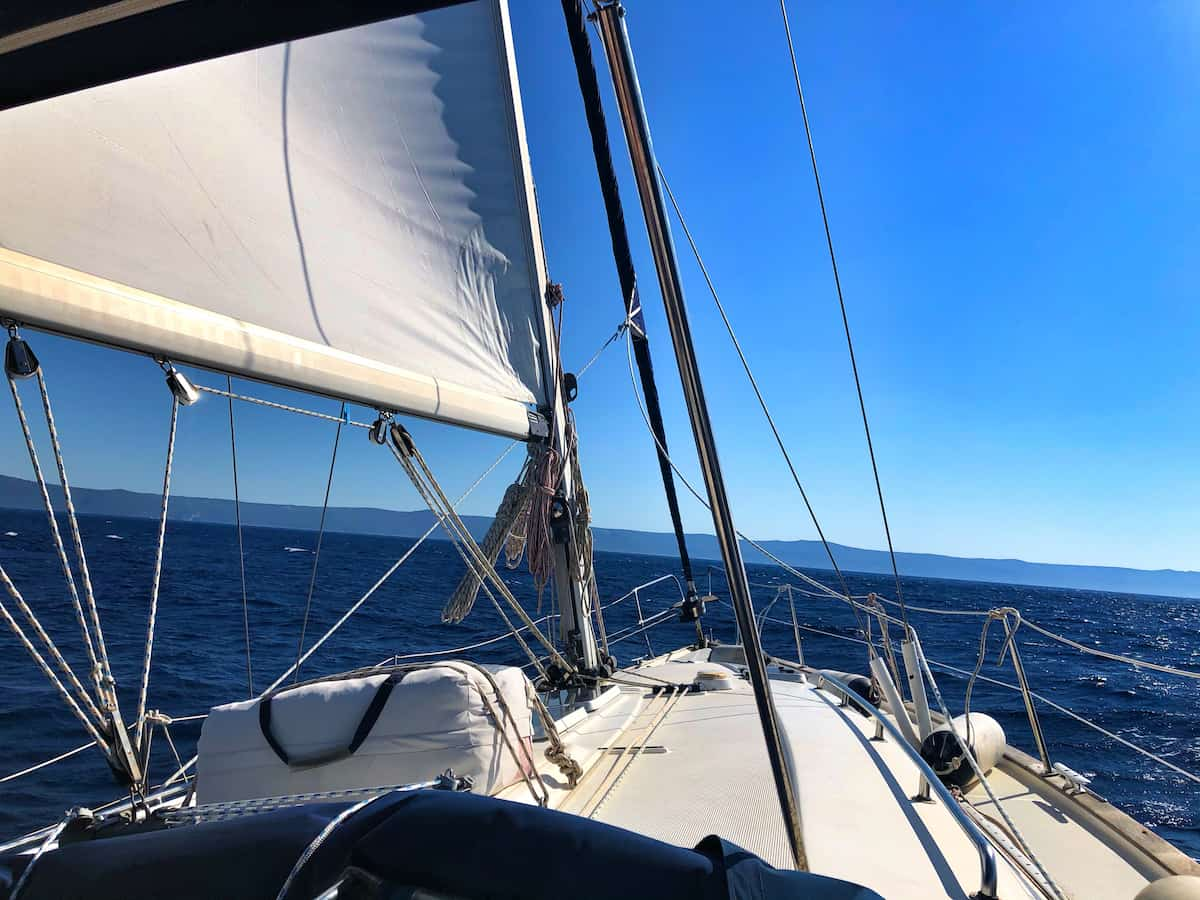
First of all, the arrangement of the fibers is wisely distributed by the sailmaker according to the load that is intended to be given to the vessel: this lightens its weight, favoring its speed and handling by the crew. An aspect that is far from negligible when you go to sea.
The characteristics of a fiber oriented sail
What makes this type of boat sails special is undoubtedly the processing technique.
The sail is divided into several quadrants, also called boxes. Each of these is made with a different texture depending on the result to be obtained.
The realization of this typology is entrusted to the most innovative technologies and software.
Before proceeding to the actual “printing” of the textures, the resistance and the load that the sail will carry on the boat once hoisted in the sea is tested.
After choosing the best solution for the boat, the texture is applied to a neutral canvas that completes its shape.
Once the two materials have been assembled, you will notice that three-dimensional effect that we often notice when observing these nautical wonders, pushed by the wind in the distance.
